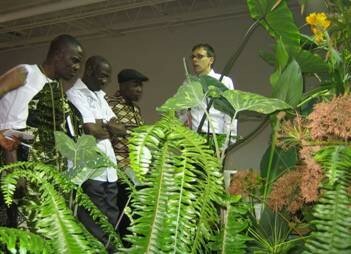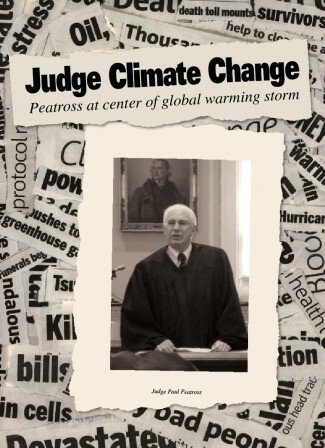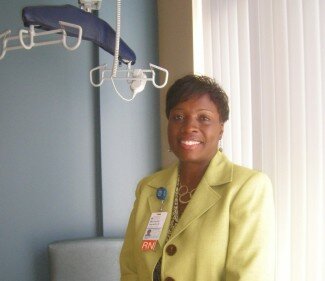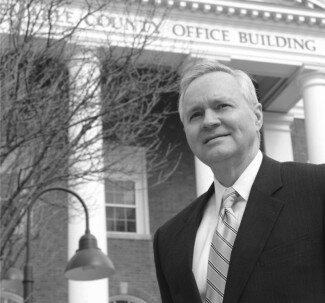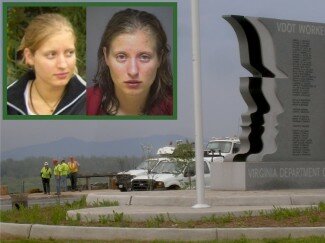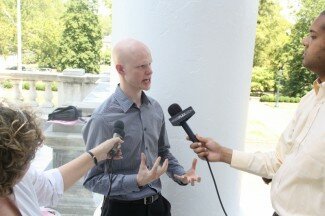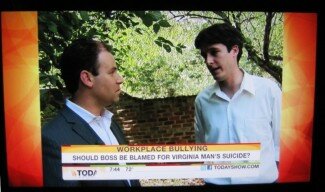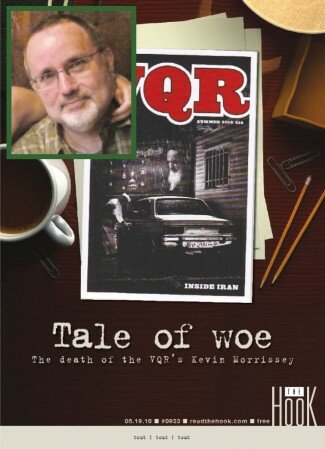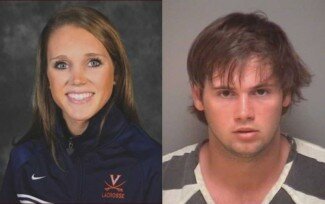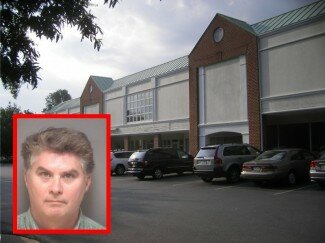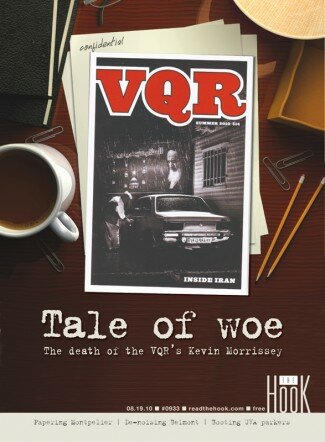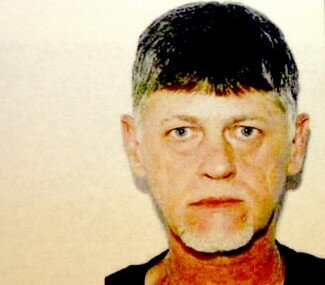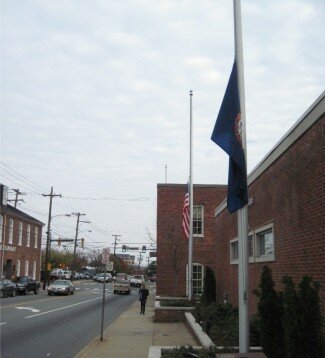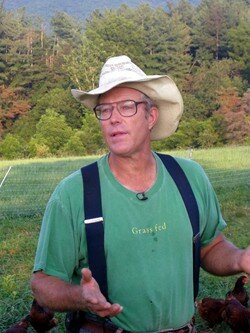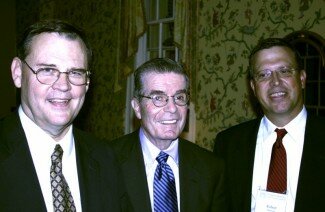Beach volleyball: UVA installs two new courts near Lawn
Been by UVA’s Snyder Tennis Center lately? There are two new courts in the making, but they aren’t tennis courts. They’re volleyball courts, of the sand variety. And the coach of the women’s volleyball team thinks they’ll propel his program to new heights— even when his ladies aren’t leaping for a spike.
“We’re big proponents of sand volleyball because of all the positive effects it will have on indoor athletes,” says Head Coach Lee Maes. “It gives the varsity team a chance to cross-train.”
But there’s another reason for the courts, located along busy University Avenue: visibility. UVA’s been fielding a team in the Olympic sport of indoor volleyball since 1979, but Coach Maes says that not everybody seems to know that.
So last spring, this coach, who was hired in 2008, received a marketing report from some students in UVA’s undergraduate business school. A hitherto underutilized corner of Nameless Field was chosen, and after some “generous donations” including $40,000 just for the sand (a blend called “the Fort Myers mix”), the courts should be ready for play by this weekend, says Coach Maes. He says that lighting, audio, a scoreboard, and even an outdoor shower will be installed during the coming weeks.
“We want the community— the students and faculty— to use it,” says Coach Maes. “If you build it, they will come.” Meanwhile, his team, which suffered a losing season last year, has started (more)



 Comments(32)
Comments(32)
